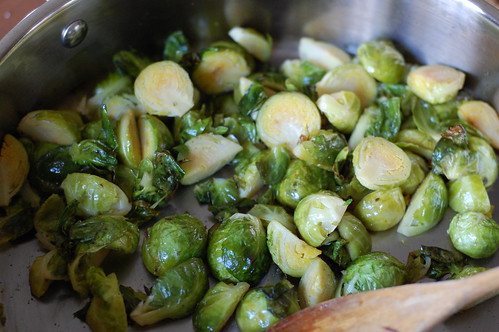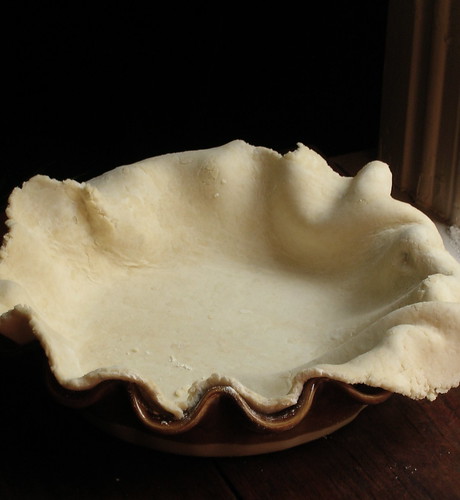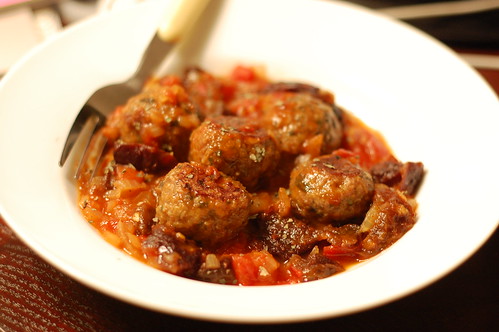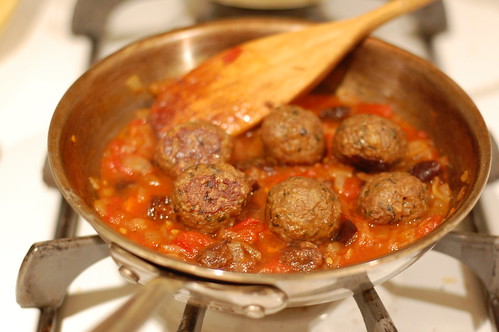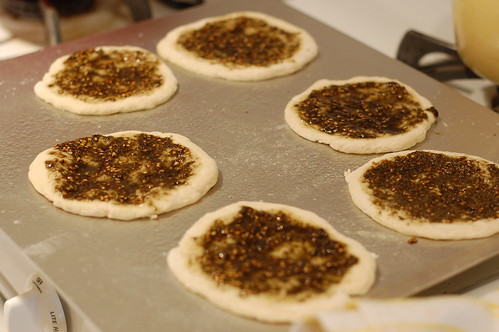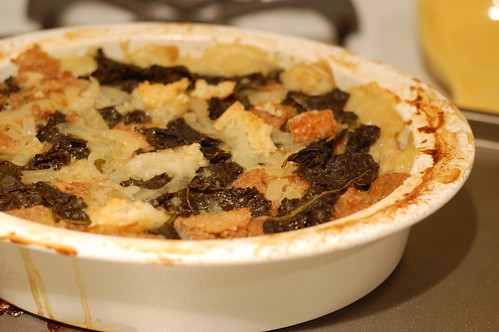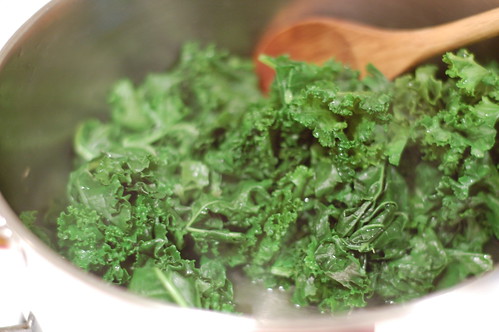 I fully realize that talking about a Thanksgiving recipe the weekend after the grand feast is a bit like predicting Superbowl scores the week after the big game. By now, you've all eaten your turkey and cranberry sandwiches, made turkey soup, and had that leftover slice of pie for breakfast. But if you'll allow me some culinary Monday morning quaterbacking, I think we'll all be Thankful, both this year and next.
I fully realize that talking about a Thanksgiving recipe the weekend after the grand feast is a bit like predicting Superbowl scores the week after the big game. By now, you've all eaten your turkey and cranberry sandwiches, made turkey soup, and had that leftover slice of pie for breakfast. But if you'll allow me some culinary Monday morning quaterbacking, I think we'll all be Thankful, both this year and next.You see, a few years ago I found the pecan pie of my dreams, the pecan pie that is requisite at every Thanksgiving henceforth. But that requisite pumpkin pie, well, I just never liked it. The last two years I made a pumpkin cheesecake, but this year I thought I'd give the pumpkin pie a try again. Adapted from Cook's Illustrated recipe, the filling is smooth to the point of creamy, light and just subtly spiced. The only problem was, the filling made enough for two pies. Not one to let things go to waste, I quickly made another crust, this one made of crushed gingersnaps, and baked a second pie.
It was the buttery crumbly gingersnap crust paired with the creamy not-too-sweet pumpkin that won me over. And apparently several other people at dinner, because there was only one sliver left. I may still go for the pecan pie first, but I'll no longer look at pumpkin pie with such skepticism. In fact I'll be saving room, if not for a sliver after dinner, than a good slice, cold from the fridge, the next day for breakfast.
Pumpkin Pie
Make sure to cook the mixture down until it's nice thick, otherwise your pie will risk being soft set. The original recipe had you press the filling through sieve for ultimate smoothness, but I found a blender did the trick just fine.
1 gingersnap crust or crust of choice, prepared and par-baked (see below)
1 cup of half and half
2 large eggs
1/2 teaspoon vanilla extract
3/4 cup pumpkin puree (canned or better yet homemade)
1 cup drained candied yams from 15-ounce can (pack the yams into the measuring cup)
6 tablespoons sugar
3 tablespoons maple syrup
1/2 teaspoon ground ginger
1/4 teaspoon ground cinnamon
1/8 teaspoon ground nutmeg
1/2 teaspoon table salt
1. Preheat oven to 400 F. Whisk cream, milk, eggs, and vanilla together in medium bowl. Combine pumpkin puree, yams, sugar, maple syrup, ginger, cinnamon, nutmeg and salt in large heavy-bottomed saucepan; bring to sputtering simmer over medium heat, 5 to 7 minutes. Continue to simmer pumpkin mixture, stirring constantly and mashing yams against sides of pot, until thick and shiny, 10 to 15 minutes.
2. Remove pan from heat. Whisk in cream mixture until fully incorporated. Pour the mixture into blender in batches and blend until smooth. Re-whisk mixture and transfer to warm pre-baked pie shell. Return pie plate with baking sheet to oven and bake pie for 10 minutes. Reduce heat to 300 degrees. Continue baking until edges are set 30 to 35 minutes longer. Transfer pie to wire rack and cool to room temperature, 2 to 3 hours. (The pie finishes cooking with resident heat; to ensure the filling sets, cool it at room temperature and not in the refrigerator.)
For the crust: Process in a food processor 1 box (16 oz) gingersnap cookies until they are fine crumbs. Slowly drizzle in 1 stick of melted butter, pulsing to combine. Press the mixture into a pie pan. Par-bake at 400 degrees for 5-7 minutes. Set aside.


